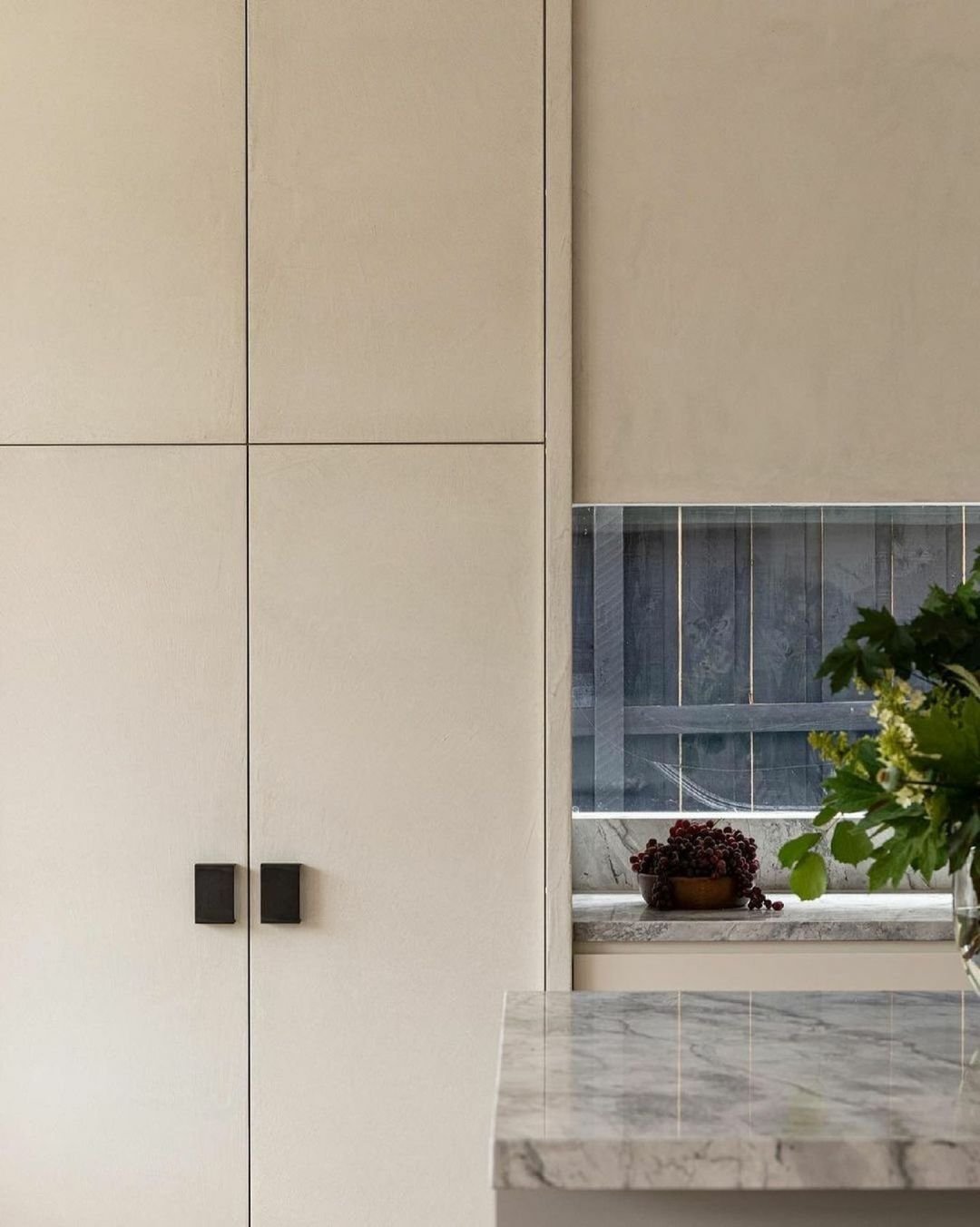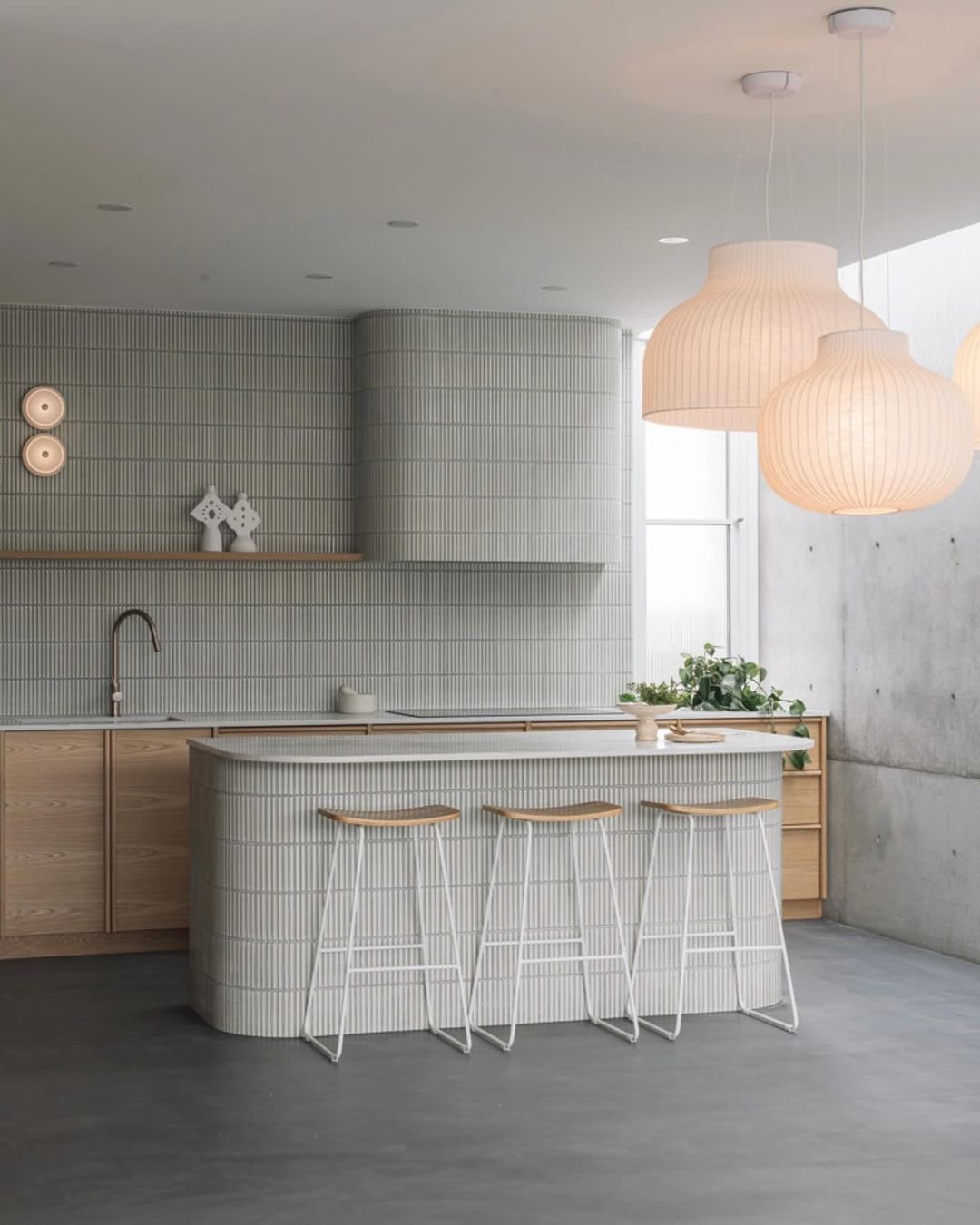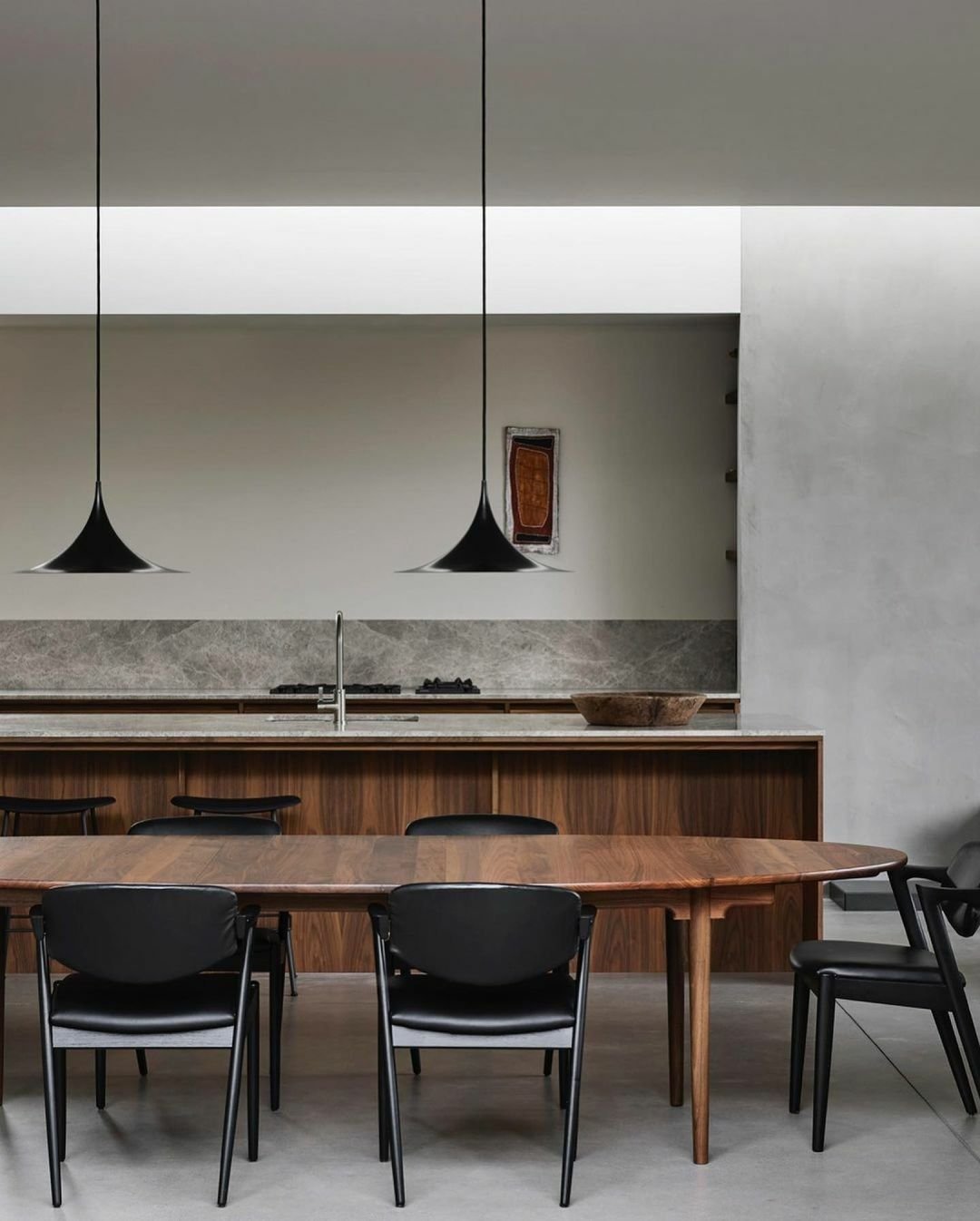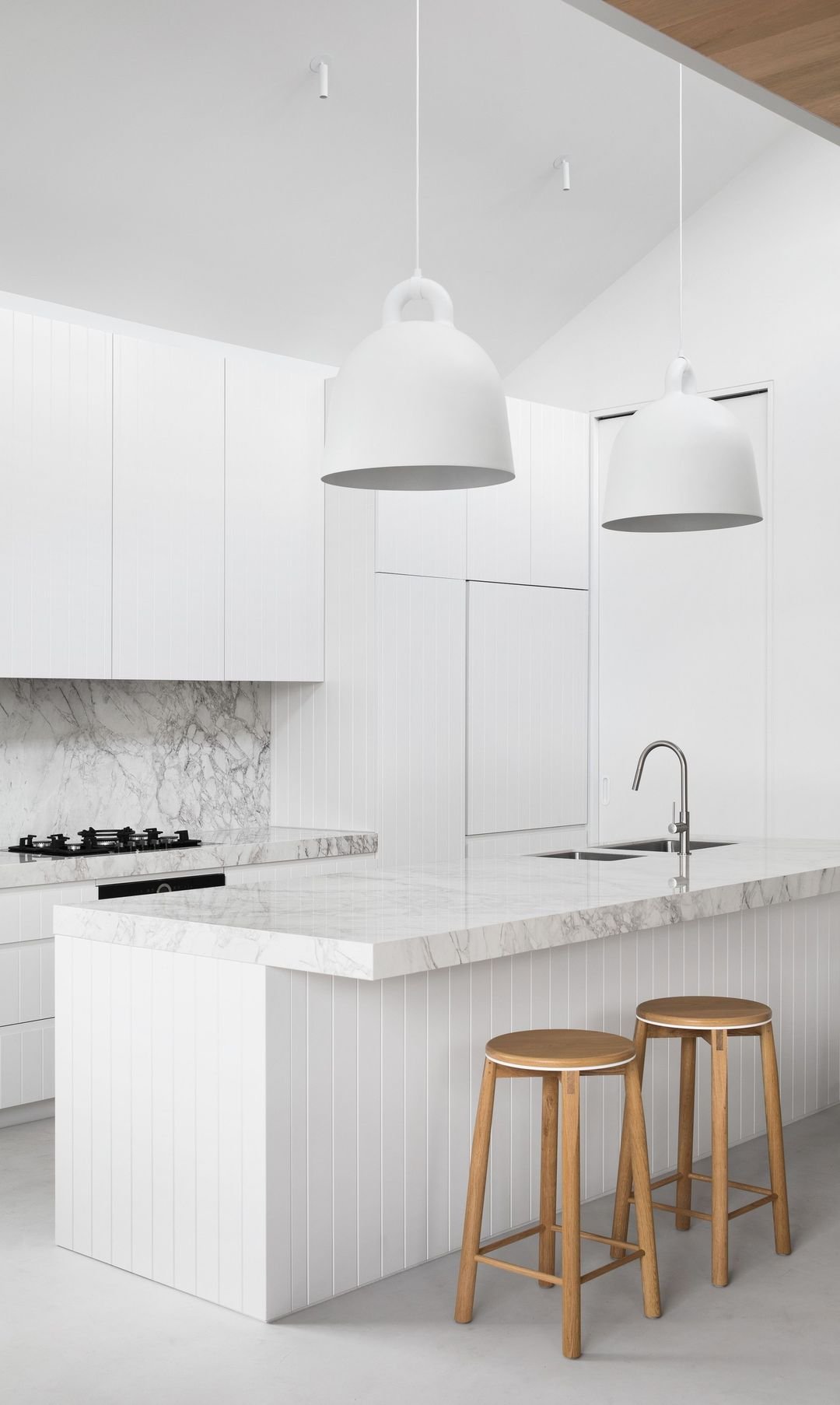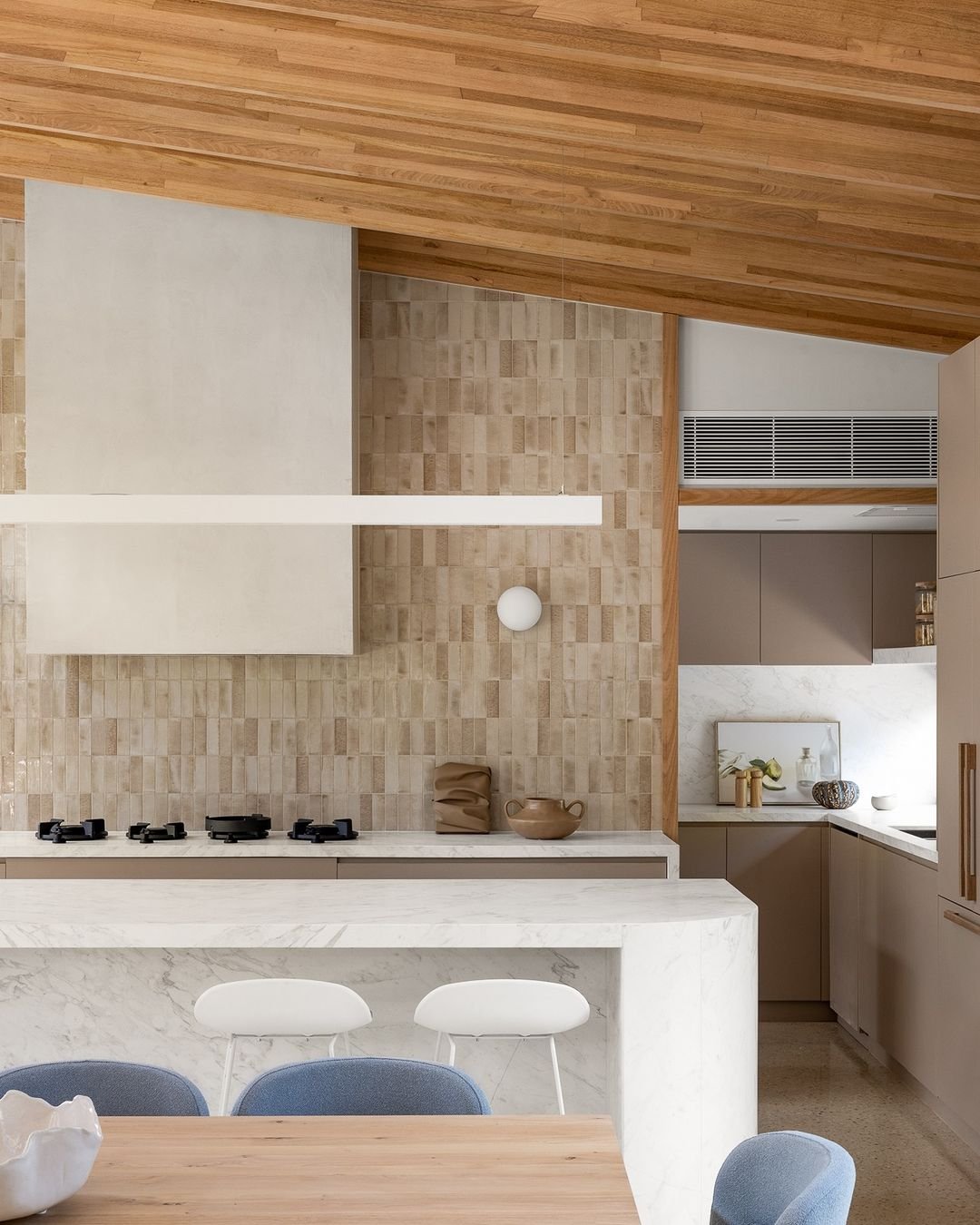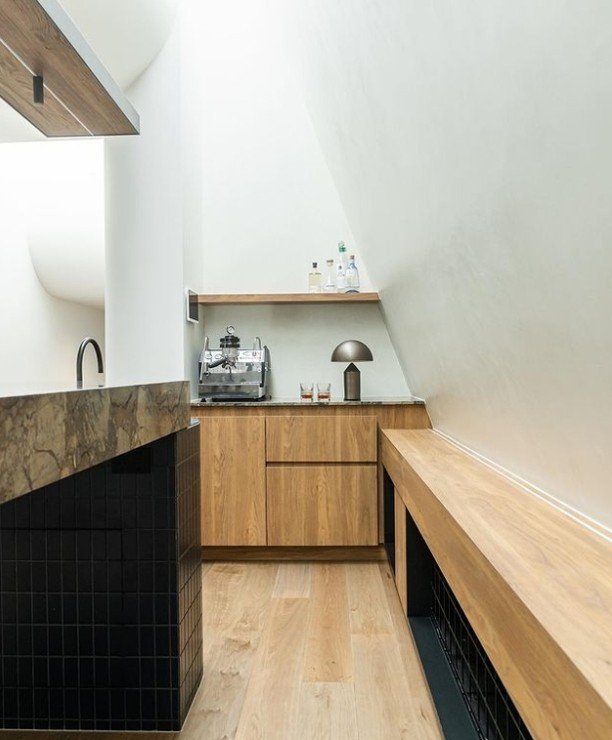Microcement Kitchens
Elevate your kitchen with microcement
Are you looking for unique, contemporary, and practical finishes for your kitchen? Microcement might be the surface material for you. Since pioneering the introduction of microcement in Australia in 1999, we've watched it become a premier surface overlay trusted by homeowners, professionals, and designers alike. X-Bond Microcement has been featured in every room of the house, overcoming the boundaries of traditional surfacing with seamless application to a wide range of existing substrates — eliminating the need for demolition.
From new builds to home renovations, one of the most common microcement applications is in the kitchen. Discover how microcement can redefine your kitchen space, blending aesthetics and function.
Microcement
[noun] mi-cro-cem-ent
A mixture of cement and adhesive polymers, forming a coating that’s hand-installed on top of almost any hard surface; known as an overlay. While it was originally created to replicate the industrial aesthetic of concrete, microcement now comes in a range of different finishes and colours for seamless application in any space.
Reasons why you should use microcement in the kitchen
It’s beautiful.
Looks aren’t everything, but if they were X-Bond would have it all. It’s been carefully engineered to look just like concrete, but with the versatility to suit all kinds of aesthetics; industrial, minimalist, Scandi, bohemian, contemporary luxe… you name it.
Applied as a continuous coating, the end result is a seamless surface with no joints or grout lines. Thanks to its hand-trowelled application, microcement is your secret to achieving those texture-rich walls you see all over your Pinterest board.
Overlays make remodelling easy.
An overlay is any surfacing system that can be installed straight on top of another pre-existing substrate. Microcement is one of the most versatile overlays, applied at only 2-3mm thick and featuring adhesive polymers.
This allows it to be hand-trowelled over almost any hard surface, an innovative solution for saving time and money during your kitchen renovation. Old tiles, a dated stone island bench, peeling laminated counters and creaky wooden floorboards can all be given a modern update without the hassle of removing them first.
It’s a durable and resilient material.
Looking for the perfect kitchen floor? Microcement has a high ****resistance to wear and tear from foot traffic. It’s also installed frequently to kitchen walls and joinery as it’s incredibly easy to clean after food or liquid spills. Getting creative in the kitchen won’t sacrifice your beautiful surfaces!
Additionally, X-Bond is one of the most flexible microcements on the market, meaning a guaranteed resistance to de-lamination and less chance of settlement cracks as your house moves.
There’s more good news for fans of al fresco dining — microcement is also suitable for outdoor cooking areas and barbecues.
Customisable design options.
Our microcement experts can create X-Bond in ten different shades, from white to beige and a whole spectrum of greys. In larger jobs, there’s even the potential to create custom colours. Microcement can also be applied using different tools and techniques to create a range of textures. The most popular finish for kitchens is X-Bond Micro, the closest thing to a smooth concrete.
Suitable applications:
Kitchen floors
Walls
Ceilings
Island benches
Countertops
Rangehoods
Joinery and kitchen cupboards
Sink basins
Recommended materials:
X-Bond Micro (internal and external areas)
Our most common microcement finish for kitchens, X-Bond Micro features visible trowel marks for subtle variations in tone. After being hand-trowelled, it’s sanded for a smooth and polished result. It’s then finished with high-grade sealers to ensure it stays in good condition, wherever you apply it.
Liquid Membrane (waterproof membrane)
This is an essential step when installing microcement in areas that get wet often — like your kitchen sink, for example. Alone, microcement isn’t waterproof. To provide the necessary protection, our liquid-based waterproofing membrane needs to be brushed, rolled, or sprayed onto the surface.
Microcement kitchen maintenance and care
Great news for anyone who hates cleaning the kitchen — microcement is very low-maintenance!
To keep your microcement looking pristine, simply wash it occasionally with water and a mild detergent. Avoid cleaning products containing harsh or abrasive ingredients, such as acetone-based solvents exceeding 50% concentration.
Other tips for looking after microcement include:
Do not wash the X-Bond surface for the first week after application, not even with water. This allows sealers to dry completely.
Avoid cutting and chopping produce directly on a microcement bench top — always use a cutting board.
We don’t recommend X-Bond to be installed on a splashback behind a stove or cooktop as the hot oils could migrate and leach into the sealer causing a stain.
Microcement is resistant to mould and stains, but avoid leaving moisture on your microcement surfaces for too long. Clean up all spills and semi-solids as soon as possible.
Sand, grit and other debris can be abrasive to the surface if carried on shoes, so sweep your microcement floor regularly.
Sand, grit and other debris can be abrasive to the surface if carried on shoes, so sweep your microcement floor regularly. A clean microfiber dust mop is very effective at removing dirt on an X-Bond surface. Steam mops are not recommended as they could discolor the finish.


